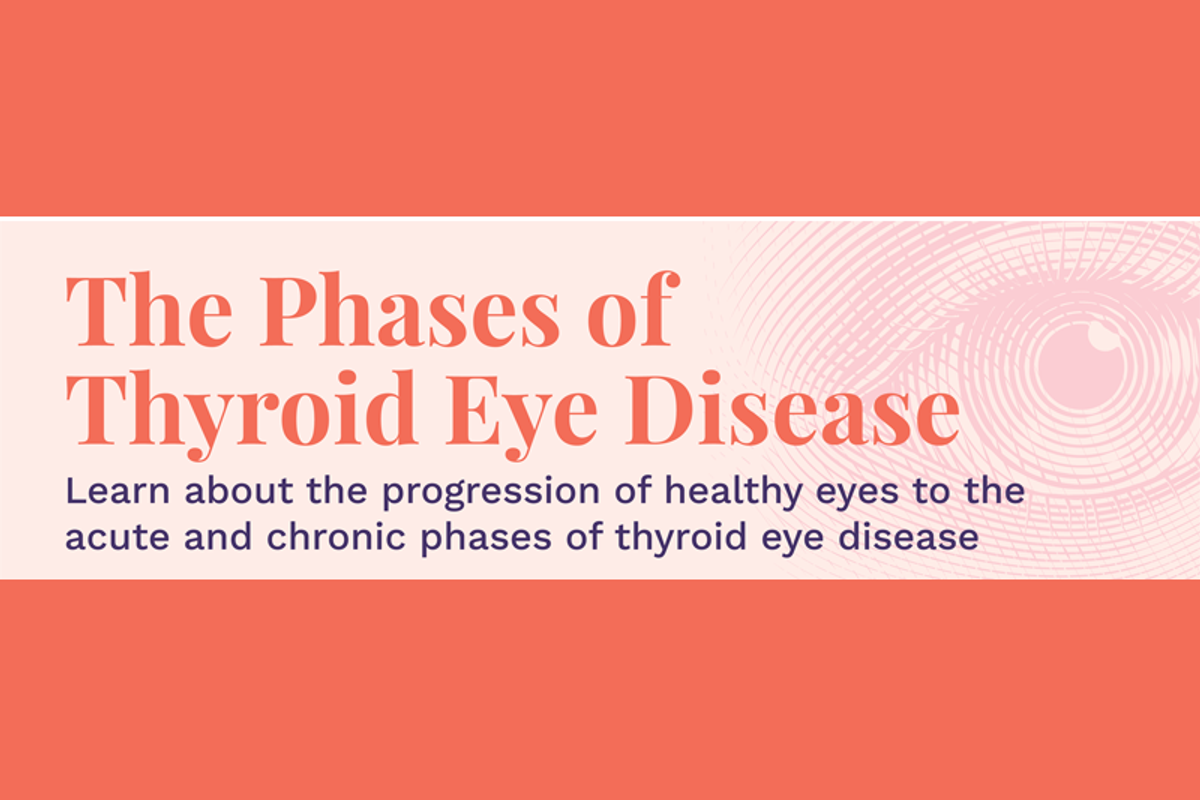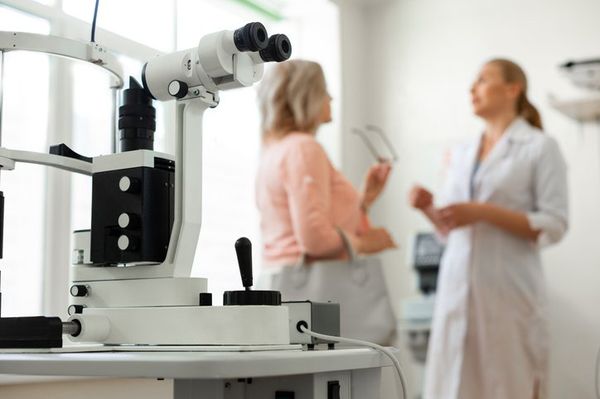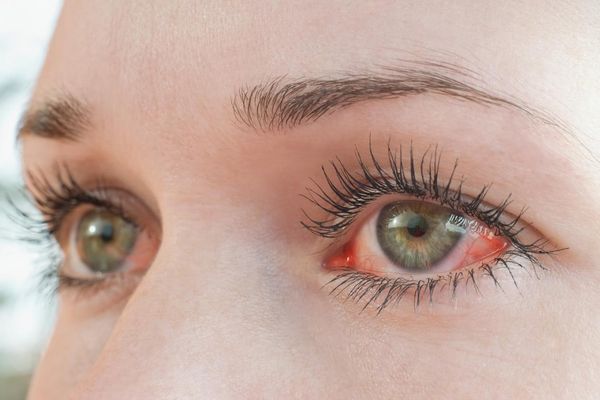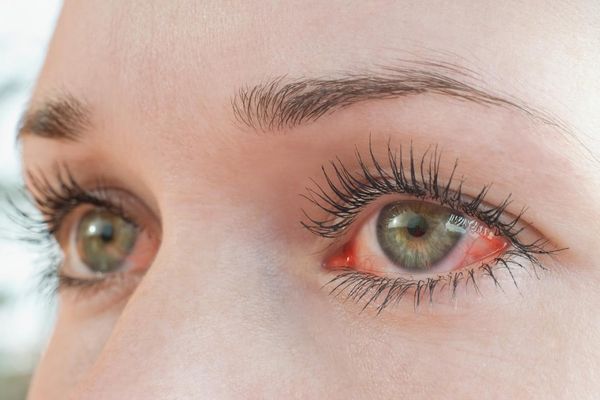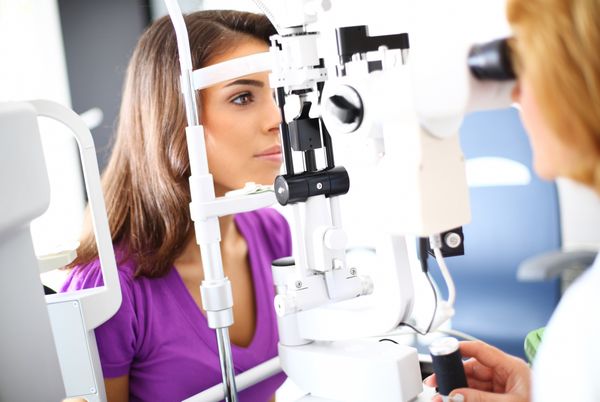What is thyroid eye disease (TED)?
TED is an autoimmune condition that causes your immune cells to attack the healthy skin and tissue around and behind your eyes.
If you have a thyroid condition and are experiencing eye symptoms, you may have TED.TED is also known as Graves’ ophthalmopathy or Graves’ Eye Disease because 9 in 10 people with TED have Graves’ disease.
About 1 in 2 people with Graves’ disease have symptoms of TED.
Graves’ disease causes immune cells to attack the thyroid, typically causing hyperthyroidism, a condition where the thyroid gland produces too much thyroid hormone.
Less commonly, TED can happen to people who have hyperthyroidism without Graves’ or have hypothyroidism , a condition where the thyroid doesn’t produce enough thyroid hormone.
Graves’ disease and TED both happen when the immune system attacks healthy body tissues. With Graves’ disease, your immune system attacks the thyroid gland. With TED, your immune system attacks the tissue in or around the eye. It’s possible to have one condition without the other.
What you need to know if you have TED
- The symptoms of TED are often mistaken for allergies or other conditions.
- If you have TED, you will need to seek care from a specialist, like an ophthalmologist, neuro-ophthalmologist or oculoplastic surgeon .
What are the phases of TED?
There are two phases of TED: active and inactive.
Healthy eye: image
- Eyelid (can retract in TED, in both active and inactive phases)
- Pupil
- Sclera (normally white, can get red, dry and irritated in active phase)
- Iris
Eye in the active phase of TED
This is the “symptomatic” or “acute” phase.
The active phase can last anywhere from 6 months to 2 years . Symptoms can be in both eyes, or one can be more severe than the other. Treatment to relieve symptoms begins in this phase.
- Dry, itching or gritty eyes
- Redness
- Constant watery eyes
- Puffy eyelids
- Eyelid retraction (eyelids have moved up and aren’t able to close all the way)
- Sensitivity to light
- Double vision or misaligned vision
- Bulging eyes (proptosis)
- Vision loss
Eye in the inactive phase of TED
This is the chronic phase.
Symptoms tend to go away and active inflammation goes down.
- Double vision, bulging eyes and eyelid retraction can still be present in this phase.
- Healthcare providers tend to recommend surgery in the inactive phase, once inflammation has decreased, unless there’s concern for loss of vision.
Talk with your healthcare provider if you have concerns about your thyroid or eye health. Since TED symptoms can worsen over time, it’s important to be diagnosed early so treatment can begin right away.
This resource was created with support from Horizon.- 15 Things Your Thyroid Can Affect ›
- 5 Common Autoimmune Diseases That Affect Women ›
- Thyroid Disorders Hub - HealthyWomen ›
- Eye Conditions & Disorders - HealthyWomen ›
- Thyroid Eye Disease 101 ›
- Questions to Ask Your HCP About Thyroid Eye Disease - HealthyWomen ›

